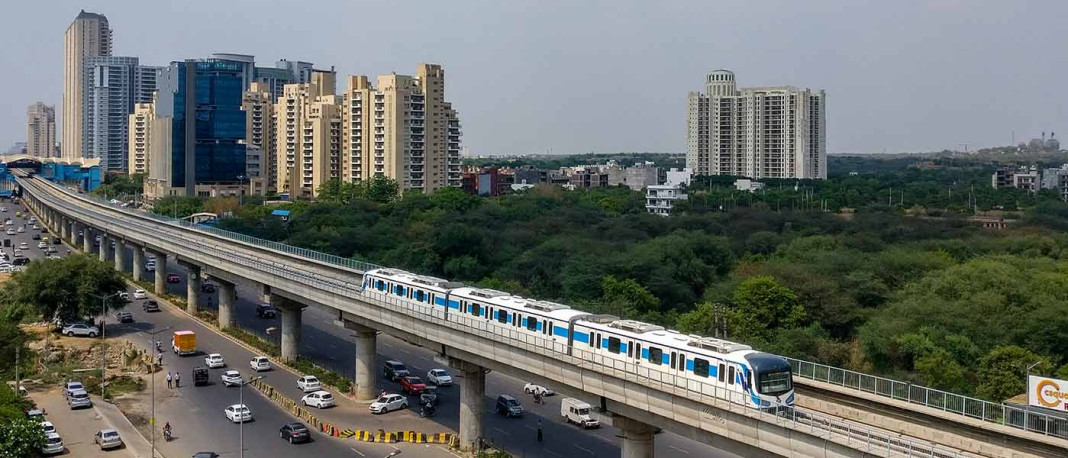In the coming years, India’s metro network is expected to overtake the US’s to become the second largest in the world due to its exceptional rate of expansion.
In India, there were just 248 kilometers of active metro rail in 2014. 895 km of metro lines have been operational in 20 different cities in just nine years, according to Union Housing & Urban Affairs Minister Hardeep Singh Puri, who made this statement recently at the Urban Mobility India Conference/Expo 2023.
There are now 986 kilometers of metro rail projects under construction in various cities. Among these are two brand-new, significant metro lines in Delhi and Mumbai that will be finished this year and made accessible to commuters.
The route connects the city’s financial districts, including Nariman Point, Bandra-Kurla-Complex, Fort Worli, and Goregaon, by tracing the Colaba-Bandra-SEEPZ corridor. Phase 1 is probably going to open by April of 2024, and the route as a whole by then.
By July 2024, the first phase of Delhi Metro’s Phase IV is scheduled to open. This is the Magenta Line, which runs from Janakpuri West to RK Ashram Marg. It is 28.92 km long, with 21.18 km of raised infrastructure and the remaining 7.74 km of subterranean.
Work is currently being done on the remaining two Phase IV routes, which are Majlis Park–Maurajpur (12.55 km) and Aerocity–Tughlaqabad (23.62 km).
With around one crore passengers every day, the nation’s metro system has revolutionized urban mobility by bringing about more comfort, stability, and security.
Numerous metro projects around the nation, including the ones in Navi Mumbai, Pune, Madhya Pradesh, Kanpur, Agra, Meerut, and Surat, are now undergoing construction.
By connecting the 82 km gap between Delhi and Meerut, the nation’s first rail-based Regional Rapid Transit System (RRTS) is also paving the way for a revolutionary approach to congested cityscapes.
Using the Namo Bharat train, Prime Minister Narendra Modi recently opened the first 17-kilometer section between Sahibabad and Duhai Depot. By 2025, the entire corridor should be operational.
An Indian electric multiple unit (EMU) train designed specifically for RapidX (Regional Rapid Transit services) is called Namo Bharat. The train was made in Savli, Gujarat, and was planned at Alstom’s engineering center in Hyderabad, France, where it manufactures rolling stock. It’s anticipated that other cities will see the introduction of more of these trains.
The new urban mobility scenario includes the introduction of the PM-eBus Seva Scheme. 10,000 e-buses will be distributed by the government among 169 localities using a Public-Private Partnership (PPP) approach.
This program is a component of the nation’s effort to reduce its carbon footprint in the fight against climate change through green mobility.






